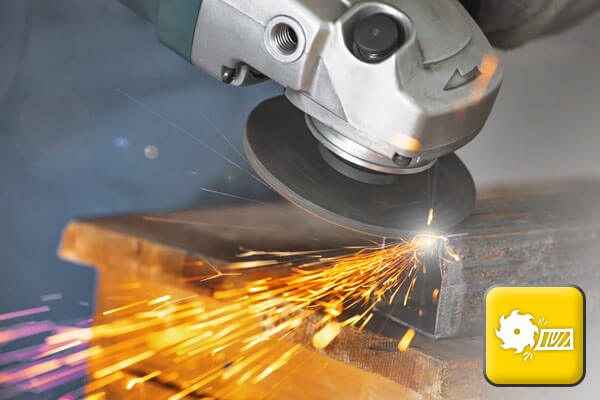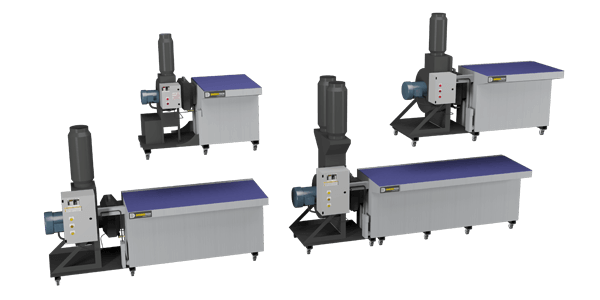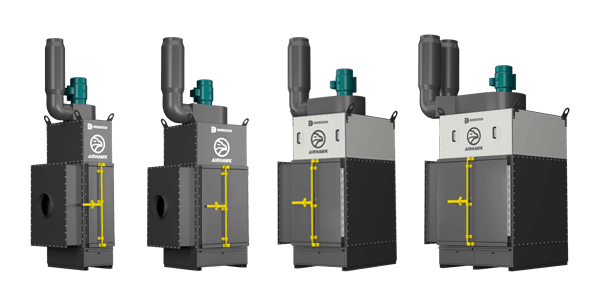Effective Ventilation
Sanding and grinding dusts can often spread to every corner of a workspace with ease. There are several methods for managing this hazard, but the most effective is capture-at-source. Collecting dust before it reaches a worker’s breathing zone prevents the worker from being exposed and helps to prevent the contamination of costly machinery and sensitive electronic equipment that may also be present in the workspace.
Most sanding and grinding applications should take advantage of capture-at-source ventilation, and only when impractical should ambient air cleaning solutions be considered.
There is more to effective ventilation than equipment selection. Cartridge dust collectors and downdraft tables only work if:
- Operators are trained on safe use and capture zones
- Filters are clean and serviced regularly
- Filter type is correct for the materials being worked on
- Face velocity is sufficient to draw the smoke and fumes created by the application
Know the Application and Evaluate Your Safety Needs
Your dust collection equipment, filtration type, and supplementary personal protection equipment will depend on the type of materials you are working on and dozens of work-situation variables.
Evaluate your work situation critically. Ask yourself:
- Are you in a confined space with little or no ventilation?
- What type of materials are you sanding, grinding or deburring?
- Are the work pieces clean or painted?
- Is my dust collection equipment working properly?
- Are there any prevailing air streams I can take advantage of?
- Do I need to wear a respirator?
- Are you working with potentially explosive combustible dust?




